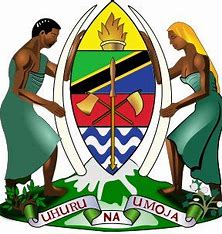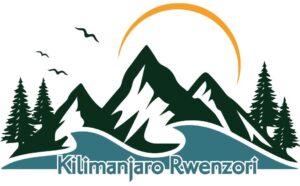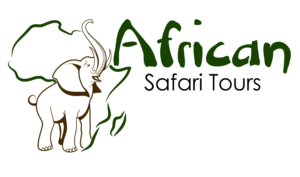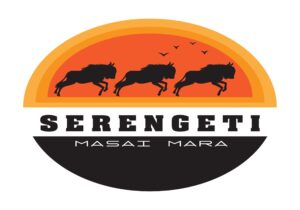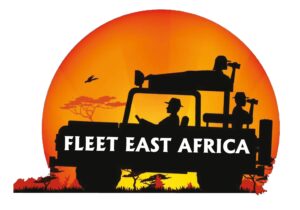Kilimanjaro National Park | Climb Africa’s Tallest Mountain
Location and Facts about Mount Kilimanjaro National Park
Mount Kilimanjaro National Park is the second most famous of the Tanzania national parks. Secondly, it is located in northern Tanzania, with of the world’s most iconic peaks (Uhuru Peak), the highest point in Africa at 5,895 meters. Note that Kilimanjaro National Park is a must-visit for Mount Kilimanjaro exploration. Also, it is exciting to visit, largely due to its diverse features, including mountainous, dramatic slopes, rainforests, glaciers, and cultural landscapes. These things to see in Kilimanjaro are really electrifying to witness while at the park.
Kilimanjaro National Park’s main hub lies in Marangu, which is a 44 km drive from Moshi and about 86 km from Kilimanjaro International Airport. While at this Tanzania park, there is a lot to see and be thrilled, especially during the Kilimanjaro climbing tours. Here are some of the details about Mount Kilimanjaro National Park that you should be aware of as you are planning a safari to the park. Also, these will help you make better plans and have excellent times at this iconic Africa safari tour destination.
History about Mount Kilimanjaro Tanzania
Mount Kilimanjaro National Park was first protected as a game reserve in 1910 by German colonial authorities. Later, when it continued to grow, it was redesignated as a forest reserve in 1921 by the British colonial government. In the year 1973, it was established as a Tanzanian national park, but as years went on, it was declared a UNESCO World Heritage Site in 1987. This Park covers roughly 1,688 km² and is made up of various attractions around it.
Kilimajaro was first documented by a notable explorer called Johannes Rebmann, a German missionary, in the year 1848. So, this brought global attention to this place in Tanzania, hence causing its fame worldwide.
Worst/Best time to Visit Mount Kilimanjaro National Park
Best Time to Visit
Want to know the best month to climb Kilimanjaro? Mount Kilimanjaro is visited all year through, but the best months to visit Mount Kilimanjaro are from January to early March and June to October during the dry season. Additionally, this is because these months offer clear skies, less rain, and better visibility when climbing Kilimanjaro. The park experiences warmer weather and excellent summit visibility, especially along the Marangu Route, where sunrise views at Uhuru Peak are often spectacular and surely mind-blowing.
Also, forest trails near Machame Gate are less muddy, making guided walks more enjoyable. The rainforest around Rongai Gate tends to stay lush and passable in these months, hence offering sightings of blue monkeys and colobus monkeys. The Kilimanjaro experiences clear views of Mawenzi Peak from the Shira Plateau. Also, sightseers witness numerous wildlife because it increases within the park during this peak season.
Worst Time to Climb Kilimanjaro National Park
The worst time to climb Mount Kilimanjaro in Tanzania is during the wet season (March, April, May, and November). The periods with such seasons tend to make it difficult for trekking experiences, limit visibility, and increase risks like landslides and hypothermia.
Forest trails from Umbwe Gate into the park become slippery and muddy, hence making it difficult to have the best Kilimanjaro climbing experiences. Also, Mist and fog block views from Kibo Hut, making summit attempts less rewarding in this season. Unpredictable rains, mostly in the months of November, along the Rongai Route make it challenging to see glacier views from Gilman’s Point. Lastly, trails near Kilema Gate become too slick for mountain biking in Kilimanjaro, hence reducing access and visibility during cultural or cycling tours.
Contact Tanzania National Parks or Kilimanjaro Rwenzori Trekking experts for more information.
Mount Kilimanjaro National Park Map
Climate of Mount Kilimanjaro in Tanzania
Rating other climate conditions for the rest of the national parks in Tanzania, Kilimanjaro surely has the most fascinating climate. So, this is due to how the Kilimanjaro Climate transitions through multiple zones as you ascend. This is mainly looked upon during Kilimanjaro hiking from the tropics to the Arctic, experiencing all the climate zones in just a few days.
The Mount Kilimanjaro climate ranges as this below;
- The base is the starting point of Mount Kilimanjaro, and while at the base, sightseers experience the bushland. Also, it receives around 800–1,000 mm of rain annually. The base area of the mountain is filled with banana farms and villages like those near Marangu, ideal for coffee growing.
- When you go higher than the base, you will experience the rainforest zone of (1,800–2,800 m). Immediately, when at this point, be ready to be enveloped in mist and lush greenery. This zone of Mount Kilimanjaro National Park experiences 1,500–3,000 mm of rain annually.
- Beyond that lies the heather and moorland (2,800–4,000 m). While at this point, when climbing Mount Kilimanjaro, you always experience temperature drops. Also, its landscapes transform into open spaces of giant groundsels and lobelia plants, which are adapted to harsh, high-altitude conditions.
- Followed by the alpine desert (4,000–5,000 m), which receives a minimal rainfall of just ~200 mm annually and strong winds.
- Finally, there is the arctic summit zone in Kilimanjaro (above 5,000 m), which is icy, windy, and freezing cold. But the difference is that during daytime the temperatures are 4 °C and nights dip to 9 °C or even lower.
How to Get to the Park
Want to know how to get to Kilimanjaro? Well, Kilimanjaro National Park is accessible via air and road transport. Below are some of the details to know before you book your Kilimanjaro trip.
- By Air: This is the quickest and fastest means of transport to access Kilimanjaro. Air transport is highly recommended for sightseers who prefer not to engage in long travel to this Tanzanian national park. Fly into Kilimanjaro International Airport (JRO), located approximately 86 km from the main Marangu Gate and 45 km from Moshi town. Domestic flights are available from Arusha and Dar es Salaam.
- By Road: Regular bus and shuttle services connect Moshi and Arusha to various trailheads and gates like Marangu, Machame, Umbwe, Lemosho, and Londorosi. Once at the points, there are private transfers which usually last about 1- 2 hours or even more. So, this depends on where you are connecting from
- Lastly, using road transport is excellent for sightseers who would love to have a better connection with nature through drives to the park. And we provide transportation services which are part of the cost for our Kilimanjaro tour packages
Take note: The park opens daily from 6:00 AM to 6:00 PM, but entry is generally restricted after 4:00 PM. Overnight stays are only allowed as part of a multi-day trek or in designated huts/campsites.
What animals are in the Kilimanjaro National Park?
Animals found in Mount Kilimanjaro include: Colobus Monkeys and Blue Monkeys in the forested zones. Find bushbucks, duikers, and buffalo in the forest and moorland zones of Kilimanjaro. Elephants in this park are occasionally witnessed in the Shira Plateau and northern slopes. Leopards are rare and elusive, but they do inhabit the park’s forested zones. Also, you can spot over 180 bird species, including Hartlaub’s Turaco, malachite sunbirds, and scarlet-tufted malachite sunbirds during a Mount Kilimanjaro expedition.
Although people mostly visit this park for Mount Kilimanjaro hiking tours, they also combine it with a wildlife safari and spot the animals above. The wildlife is usually found in the lower and middle slopes of the mountain,
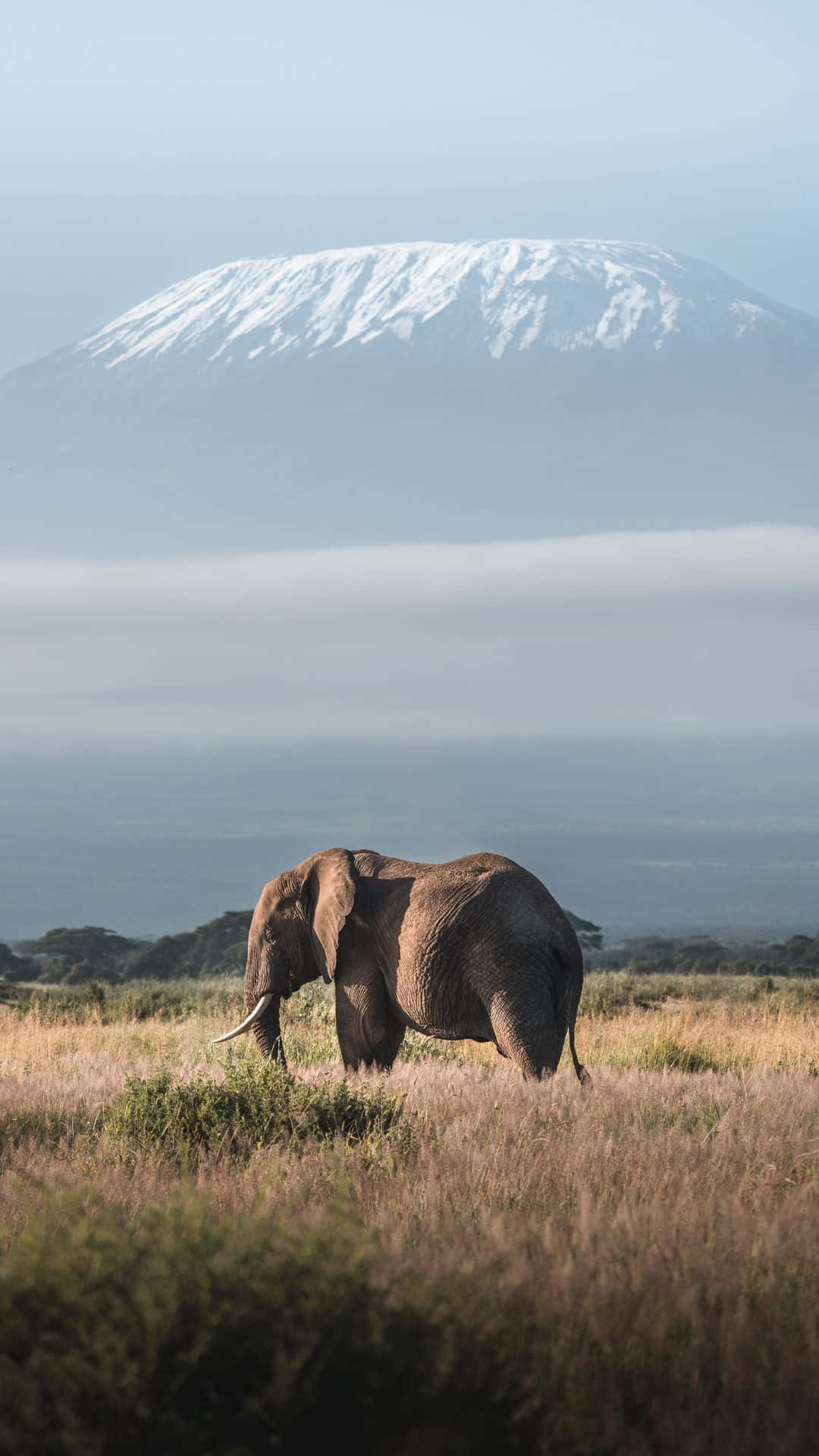
What to do in Kilimanjaro National Park
Kilimanjaro National Park is just a key Tanzania safari destination to go to with exciting tour experiences to do with family and couples. Mount Kilimanjaro offers a wide range of Tanzania things to do for nature lovers. So, these Kilimanjaro things to do in Tanzania that can be carried out from this park, and all these are just exciting and great to engage in, including;
- Mountain Climbing: Mount Kilimanjaro climbing is one of the most sought-after activities by sightseers as they climb via several routes to the summit. In addition, the Kilimanjaro routes hiked include: the Marangu, Machame, Lemosho, Rongai, and Umbwe routes. With each offering different levels of challenge, scenery, and duration.
- Guided nature walks: This is strictly carried out at the lower slopes of the park and within the forest. Nature walks in Mount Kilimanjaro Park are carried out with the help of well-trained guides through different trails. These trails include Marangu Nature Trail, Londorosi to Shira Plateau, and Rongai Forest Walks (via Nalemoru Gate).
- Cultural Tours: Mount Kilimanjaro np also allows visitors to have an experience with the local people. Visitors to Mount Kilimanjaro visit the local communities, like the Chagga villages, and learn about their culture. They get to see and learn about traditional farming practices, local food. Also, about the historical caves used during tribal wars, hence more knowledge about the local people.
- Some of the villages include: Marangu Cultural Tour (Chagga Villages, Mamba Village Cultural Program, Materuni Village Cultural Experience, Machame Village Tours
- Birdwatching: Spot different bird species in any given location during your Kilimanjaro trip, best carried out in the early morning walks. Birdwatching tours in Kilimanjaro are particularly rich near Machame. This area has over 120 bird species to see on your mt kilimanjaro tours.
- Cycling: This activity is mostly carried out from areas such as; Shira Plateau, accessed via the Londorosi Gate. Also, the Kilema Route joins the Marangu Route partway, cycle up to Horombo Hut (3,720m), and continue (with permits and guides) to Kibo Hut. During this Kilimanjaro cycling experience, you’ll see lush forests, rural villages, and coffee plantations, offering both scenic views and cultural encounters.
Top Kilimanjaro national park attractions to see
Kilimanjaro National Park is home to thrilling tourist attractions in Tanzania. So, one of the most famous attractions in this park is Mount Kilimanjaro, Marangu Waterfalls, Maundi Crater, and the flora. Here are some of these Kilimanjaro things to see that you have yet to witness on your wildlife safari to the park
1. Mountain Kilimanjaro
The major attraction of this park is Mount Kilimanjaro in Tanzania. Additionally, this is where the national park gains its name from. Mountain Kilimanjaro was formed by volcanic activity about 750,000 years ago. The mountain is composed of three volcanic cones: Kibo, the highest and dormant cone, where Uhuru Peak lies. Also, Mawenzi and Shira were formed through tectonic movements and repeated eruptions.
This mountain offers hiking activities, and climbers also get to learn about the Lava flows, ash layers, and glacial erosion that shaped the diverse zones of the mountain seen today.
2. Maundi Crater:
This is a small crater in Kilimanjaro Park, which offers great panoramic views and has extra great and rich flora. The Maundi crater is located near the Marangu route.
3. Montane Forest:
Mount Kilimanjaro National Park has mind-blowing forests, and one of the most notable ones is the montane forest. In addition, this is a lush rainforest filled with monkeys, birds, and exotic plants, to spot during your Kilimanjaro trip.
4. Marangu Waterfalls (e.g., Kinukamori & Kilasia):
These waterfalls in Mount Kilimanjaro are ideal for photographic experiences on your Mount Kilimanjaro hiking tours. These beautiful waterfalls are located near the park’s entrance, making it even easier to see.
5. Chala Crater Lake:
This is a turquoise crater lake on the eastern edge of Kilimanjaro. Also, it is perfect for hiking and picnicking as sightseers get to have a relaxing time.
6. The Shira Plateau:
This is a must-visit place in Kilimanjaro, Tanzania, which is an ancient Caldera. Shira is an extinct volcanic cone, a high-altitude plateau that lies at around 3,800 meters (12,500 feet) within the national park. This plateau is home to various wildlife, which can be witnessed on a Wildlife Viewing. While here, it is uncommon to spot buffalo, elands, and even occasional elephants grazing across the open landscape.
Routes For Hiking Mount Kilimanjaro
- Machame Route (“Whiskey Route”)
- This is the most popular route due to a good acclimatization profile that follows the “climb high, sleep low” principle. Hence, increasing summit success rates on Mount Kilimanjaro. Also, the Machame Route offers a scenic and diverse Kilimanjaro trek through rainforest, moorland, alpine desert, and glaciers. Using this route takes about 6–7 days to summit Kilimanjaro and is moderately challenging.
- Umbwe Route
- When considering something more challenging on your Kilimanjaro climbing tour, the Umbwe route is the steepest and most direct path to the summit. Lastly, it takes about 6–7 days and is recommended only for experienced climbers. Hence the less-used route to climb Kilimanjaro in Tanzania.
- Northern Circuit Route
- The Northern Circuit is the longest route on mountain Kilimanjaro, usually completed in 8–9 days. It’s less crowded and offers the most varied and panoramic views. Due to its extended duration, it provides excellent acclimatization. Therefore, it makes it one of the easiest and best routes to climb Kilimanjaro in terms of success rate, despite being physically demanding.
- Rongai Route
- As you are getting to Mount Kilimanjaro National Park from the north, the Rongai Route is less crowded. Also, it typically takes 6–7 days to summit this top tourist attraction in the park, the Uhuru peak. Rongai is moderate in difficulty and has a drier climate and remote wilderness.
- Lemosho Route Kilimanjaro
- Using this route takes about 7-8 days to reach the zenith. But it is the best and most popular route on Kilimanjaro due to its scenic beauty, especially in the early stages of the climb. Lemosho is moderate to challenging, just like the Machame Route.
- Marangu Route (“Coca-Cola Route”)
- This is the only route with hut accommodations, also called the “Coca-Cola Route.” Using this route takes about 5–6 days to reach the top of Kilimanjaro mountain and follows a gradual ascent through rainforest and moorland. Also, the Marangu route is the easiest route in terms of terrain. Lastly, it has a lower success rate due to the short acclimatization period.
Mount Kilimanjaro accommodations
Kilimanjaro National Park offers both camping sites and mountain huts for trekkers, as well as lodges and guesthouses in nearby towns, this surely means that sightseers at the national park have various resting areas to use while at the park and these are ranged from various levels starting from bluxury, midrange to budget. here are a few notable options.
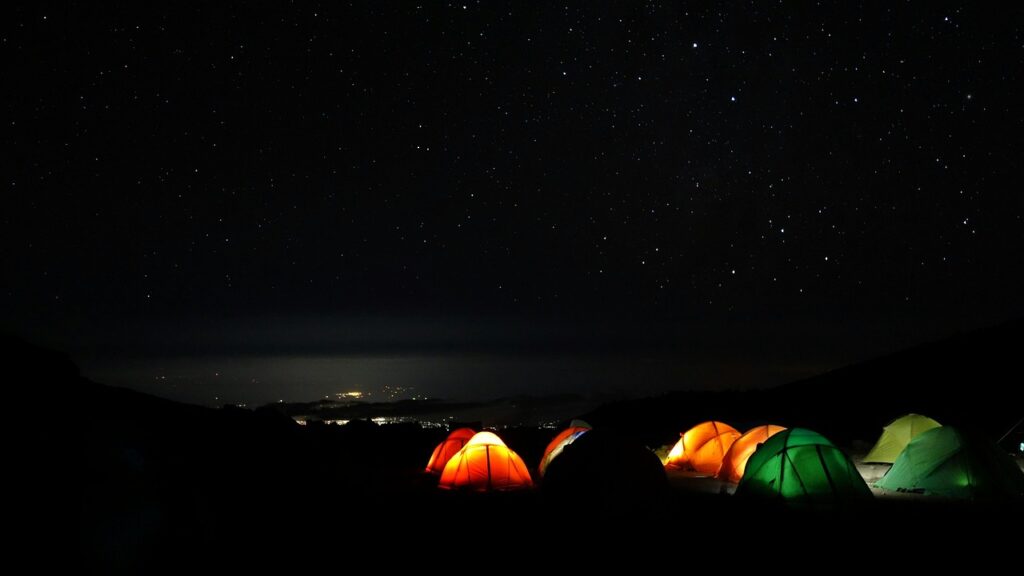
- Mandara Hut, Horombo Hut, Kibo Hut: These are the best budget accommodations along the Marangu Route on Mount Kilimanjaro. Also, these huts provide shelter for trekkers on multi-day climbs.
- Marangu Hotel: In case you are using the Marangu gate before climbing Mount Kilimanjaro, this is the best nearby hotel to opt for.
- Kilimanjaro Mountain Resort: This Kilimanjaro accommodation is located near Machame and offers the best services under mid-range, with beautiful views and comfort.
- Aishi Machame Hotel: This budget hotel is mostly used by hikers who are in need of pre- or post-hike relaxation during their Kilimanjaro trips.
- Camping Sites in Kilimanjaro: There are several camping sites within this park. Additionally, these are located along other routes such as Machame, Lemosho, etc., with facilities managed by TANAPA.
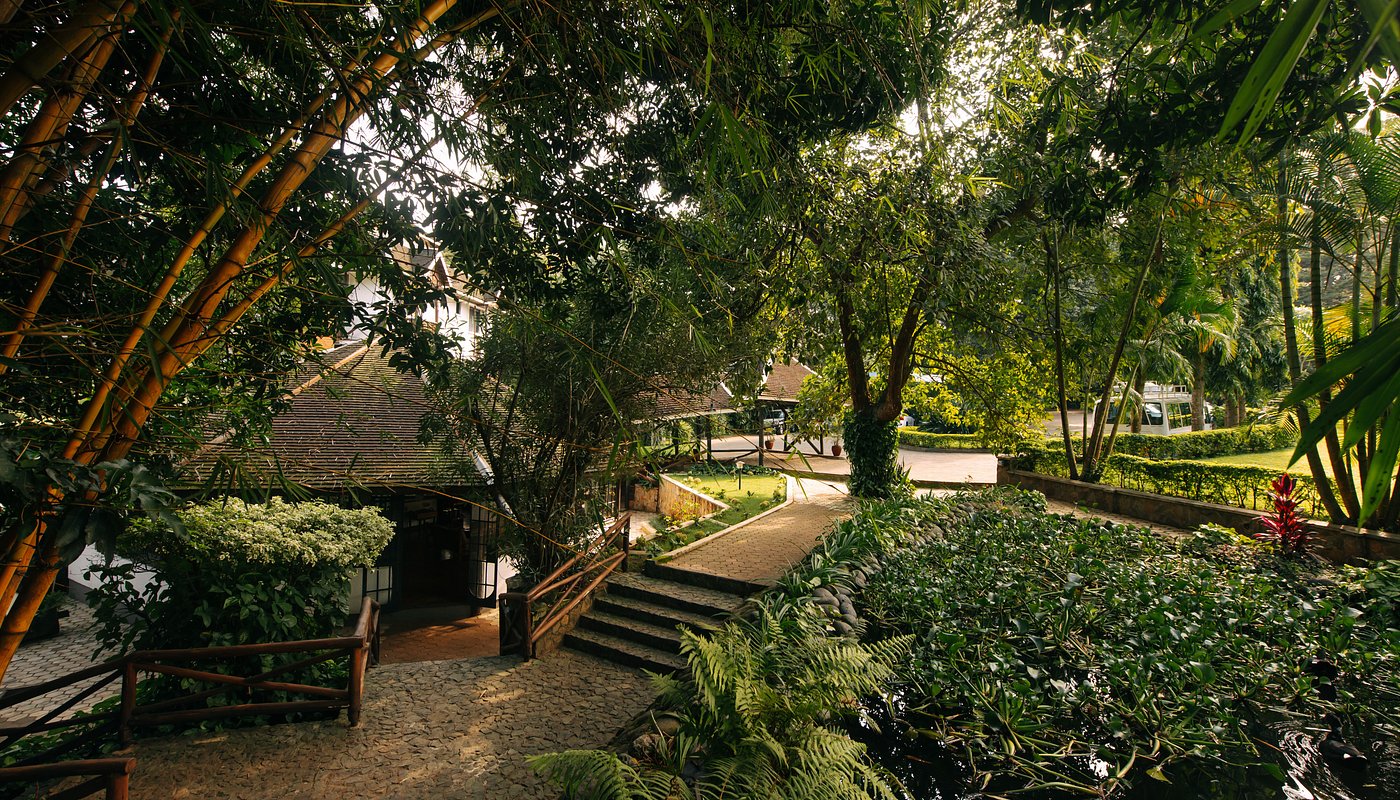
Entry Gates Mount Kilimanjaro National Park
This park is fit for those interested in blending their Kilimanjaro hiking tour with a wildlife safari. So, the entrance point chosen depends on what you want to experience on your Tanzania trip. Kilimanjaro has 8 main entry gates, each serving different trekking routes as seen below;
- Marangu Gate: This is the main gate to the park found in the Southeast of Kilimanjaro, Marangu town. So, this is around 85 km from Kilimanjaro International Airport, which is about ~2.5 hours by road.
- Machame Gate: It’s located in Kilimanjaro’s southwestern direction, approximately 60 km from Moshi ,taking about ~1.5 hours’ drive. Machame route Kilimanjaro of this gate has scenic diversity, including lush rainforest, heather zones, valleys, and dramatic ridges.
- Umbwe Gate: The gate is directly south of Kilimanjaro, about 50–60 km from Moshi, and it also takes about ~1.5–2 hours’ drive. Umbwe Gate’s route is the steepest, most direct, and most difficult route to the Kilimanjaro summit.
- Lemosho Gate: This gate is more remote compared to all the rest. In addition, its route, the Lemosho route is found on the western side and can be accessed via Londorossi Gate. This gate is best used by those interested in forest track to Lemosho. Lastly, it takes about ~120 km from Moshi and 3–4 hours to get to the gate.
- Londorossi Gate: Situated further west of Lemosho, taking almost 120 km from Moshi. Its access points are both Lemosho and Shira Routes. Often confused as a trailhead, but Londorossi gate Kilimanjaro is more of an administrative entry point.
- Rongai Gate: The gate is on the northern Kilimanjaro near the Kenya Border. Also, Rongai gate is roughly 70–80 km from Moshi and it is accessed via the town of Loitokitok.
- Mweka Gate: this is situated in the Southern Side of the Kilimanjaro and is very close to the Mweka Village. It is around 50 km from Moshi, taking about ~1–1.5 hours’ drive. Also, note that this gate is only used for descent, but not as an entry point to the Kilimanjaro.
- Kilema Gate: this is famous for mountain biking in Kilimanjaro or supply vehicle access but it is not fit for trekking.
What are the Kilimanjaro Park Fees (2026)
It is very important to take note of the park fees to Mount Kilimanjaro National Park before your climbing tours. Also, the Kilimanjaro park entrance fees are regulated by the TANAPA. Lastly, these park fees are not fixed and can change at any given time of the year.
- Non-East African adults: $70/day + 18% VAT = ~$82.60
- Hut accommodation (Marangu Route): $60/night
- Camping: $50/night
- Rescue fee: $20 per person
- Mountain biking via Kilema: $50/day
Best Kilimanjaro tour operators
We recommend the best mt kilimanjaro tour operators below for your climbing tours.
- Tanzania National Parks ( For all Tanzania safaris)
- Kilimanjaro Rwenzori trekking experts
- Goar Africa Safari tours (For all Africa safari trips and experiences)
- Serengeti Masai Mara (Best recommended if you want to combine your great migration in Africa with Kilimanjaro climbing tours)
- Car Rentals 4×4 (Specialise in providing self drive safaris to blend with any experience of your choice in East Africa)
For more information about Mount Kilimanjaro National Park, you can get in contact with our trusted tour operators . These can help you with your bookings and also offer the best Kilimanjaro climbing packages, whether luxury, budget, or mid-range.
